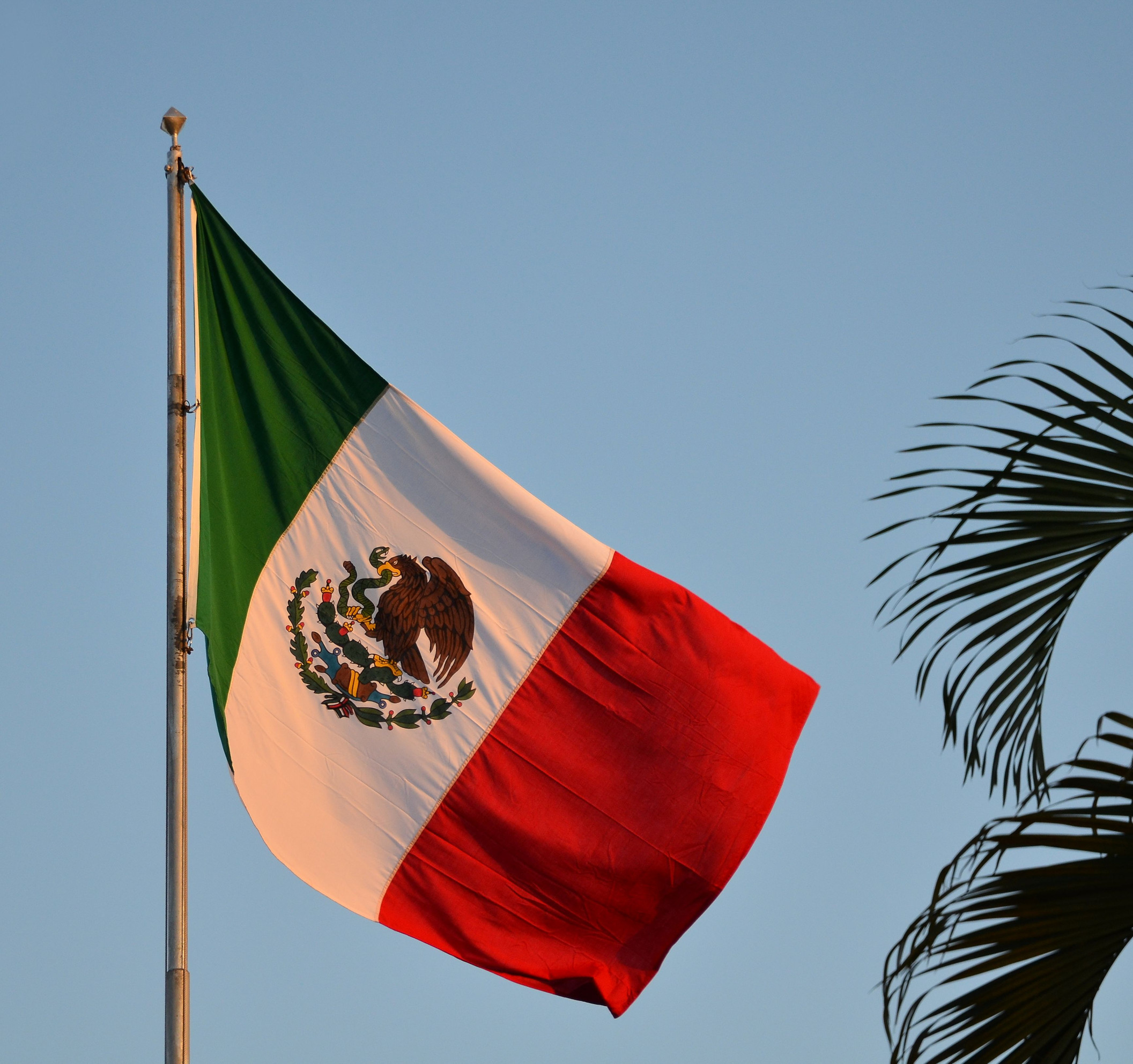President Donald Trump declared economic war on two of America’s closest allies and three largest trading partners this weekend. The quick response of U. S. allies Canada and Mexico were counterattacks. As a result, there will be economic casualties. You may be one.
Mexico was hit with a 25% tariff on all goods. Canada got the same treatment with the exception of oil and gas exports, which will be subject to a 10% tariff.

In addition, China was slapped with an additional 10% tariff on top of those already in effect.
Allies Respond
Trump signed executive orders launching the Tariffs Saturday. Later that day Canada and Mexico countered with tariff plans against U. S. goods.
Such an economic attack on neighboring countries (Mexico and Canada) who are among the nation’s largest trading partners and allies is unprecedented. And unnecessary in the eyes of many including Canadian Prime Minister Justin Trudeau.
“But it doesn’t have to be this way,” said Trudeau in announcing his country’s countermeasures to Trump’s actions. “As President John F. Kennedy said many years ago, ‘Geography has made us neighbors, history has made us friends, economics has made us partners and necessity has made us allies.’ That rang true for many decades prior to President Kennedy’s time in office and the decades since. From the beaches of Normandy to the mountains of the Korean Peninsula, from the fields of Flanders to the streets of Kandahar, we have fought and died alongside you during your darkest hours.”
Mexico’s President Claudia Sheinbaum said in a video announcement that her country will have further details on its Tariff response today.
China’s response to Trump’s actions follows a precedent it established in response to tariffs set on its electric vehicles by the European Union. China is filing suit in the World Trade Organization (WTO) challenging the tariffs. The country’s commerce ministry said Trump’s move “seriously violates” international trade rules.
In addition, China said it would enact “countermeasures”, but offered no specifics.
The WTO challenge is only symbolic since Trump blocked the appointment of judges to the organization in 2019.
Economic Reaction
“The tariffs on Mexico and Canada is actually the worst possible news for US equities and the US economy,” Thomas Brenier, head of equities at Lazard Freres Gestion told Barron’s. “It’s bad news for the US industrial complex and will severely raise costs for carmakers and disrupt supply chains.”
How Tariffs Drive Up Prices
Tariffs are a form of trickle-down taxation on consumers. Here is how it works for goods imported to America.
- Tariffs, or fees, are charged to foreign companies exporting goods to the United States.
- Those companies raise their prices to cover the tariffs.
- The American companies buying the imported goods raise their prices to cover the higher import prices brought on by the tariffs.
- You pay more.
Trump devoutly maintained that tariffs would not hurt U. S. consumers during his campaign. For instance, in Wilkes-Barre, PA last August, he said: “A tariff is a tax on a foreign country. A lot of people like to say it’s a tax on us. No, […] it’s a tax that doesn’t affect our country.”
On Sunday, the president reversed himself in writing on Truth Social.
“WILL THERE BE SOME PAIN? YES, MAYBE (AND MAYBE NOT!). BUT WE WILL MAKE AMERICA GREAT AGAIN, AND IT WILL ALL BE WORTH THE PRICE THAT MUST BE PAID.”
Tariffs and Your Taxes
Trump’s levies on Canada, Mexico, and China would add over $830 to the tax bill of the average American household in 2025, according to an estimate from the Tax Foundation.
Further, economic output, resulting from the tariffs, would drop by 0.4%.
On top of that, Moody’s Chief Economist Mark Zandi said in November that Trump’s tariffs amount to a tax increase on families.
“Broad-based tariffs on the scale former President Trump has proposed will act as a massive tax increase on American families as they pay more for all imports, cutting into their purchasing power and thus weighing heavily on their spending and the overall economy,” Zandi told CNBC.
Business Groups on Tariffs
Long before Trump’s action Saturday, economists and business leaders were sounding alarms over launching a trade war. Here are some of their comments:
“Ultimately, manufacturers will bear the brunt of these tariffs, undermining our ability to sell our products at a competitive price and putting American jobs at risk.” – Jay Timmons, National Association of Manufacturers CEO
“More than 70% of the imports of two essential materials that home builders rely on — softwood lumber and gypsum (used for drywall) — come from Canada and Mexico, respectively.
“Tariffs on lumber and other building materials increase the cost of construction and discourage new development, and consumers end up paying for the tariffs in the form of higher home prices.” – Carl Harris, chairman of the National Association of Home Builders
“Tariffs on all imported goods from Mexico and Canada – especially on ingredients and inputs that aren’t available in the U.S. – could lead to higher consumer prices and retaliation against U.S. exporters.” – Tom Madrecki, Consumer Brands Association’s vice president of supply chain resiliency
A Man Without A Plan?
Researchers and investment professionals have also expressed dismay at Trump’s actions.
“Trump is winging it, saying we have a large trade deficit with Canada when we don’t and that Canadians are responsible for fentanyl coming across the border when they aren’t. This lack of policy is inevitably going to lead to some sort of reversal because there’s no overall strategy.” – Derek Scissors, a senior fellow at the conservative American Enterprise Institute.
“The market has already priced in quite a lot on the US tariffs issue, but there’s always a risk that Trump will go beyond what’s expected. There’s a general feeling of uncertainty that goes beyond the tariff issue: Trump is completely unpredictable.” – Gilles Guibout, head of European equities at AXA IM.
Read More:
- Trump Plan To ‘Fix The Economy’ May Do The Opposite
- Social Security Fix Requires Political Courage
- Fighting Rising Prescription Drug Prices
Read the full article here
















